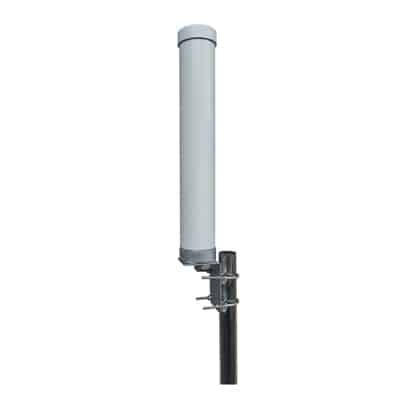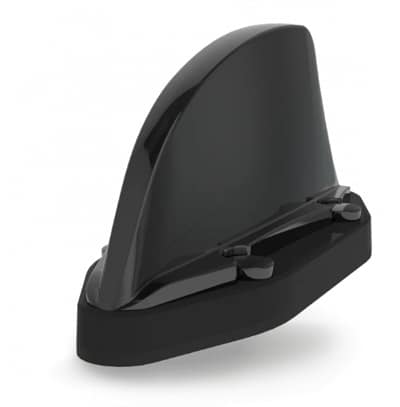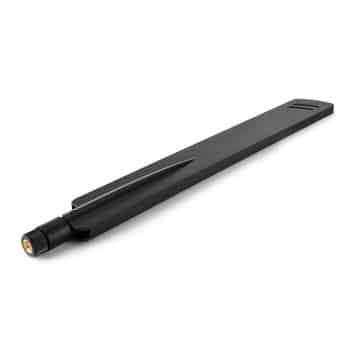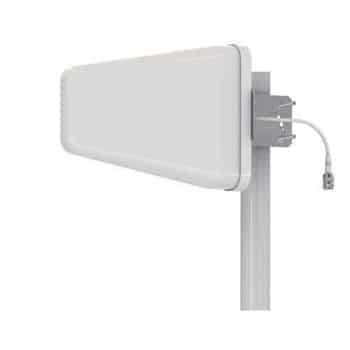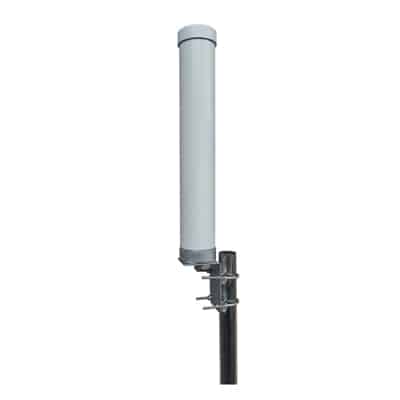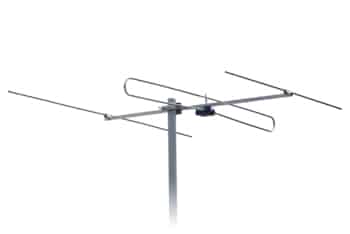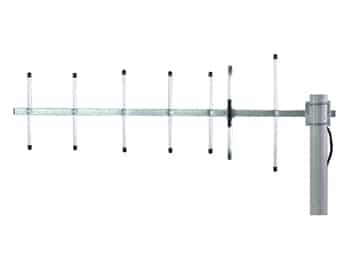
What is BLE (Bluetooth Low Energy) and How it Works?
What is BLE? BLE stands for Bluetooth Low Energy, which was introduced as part of Bluetooth 4.0 Standard. It is aimed at helping low-power-consuming IoT (Internet of Things) and M2M applications within a short range. This was critical in realizing many modern IoT devices which are battery-powered. Like Classical Bluetooth technology, BLE works in 2.4 GHz ISM (Industrial, Scientific, and Medical) bands while inheriting some features from its predecessor with more focus on low power consumption. The maximum power consumption of a BLE application would be around 0.01 Watts to 0.5 Watts, with the same speed as that of classical Bluetooth. Difference Between BLE and Classic Bluetooth The main difference between Classic Bluetooth and BLE is in the consumed power. However, there are other major differences due to the architectural differences in each case. The use of 24-bit addresses as compared to 3-bit addressing in Classic Bluetooth allows BLE to


